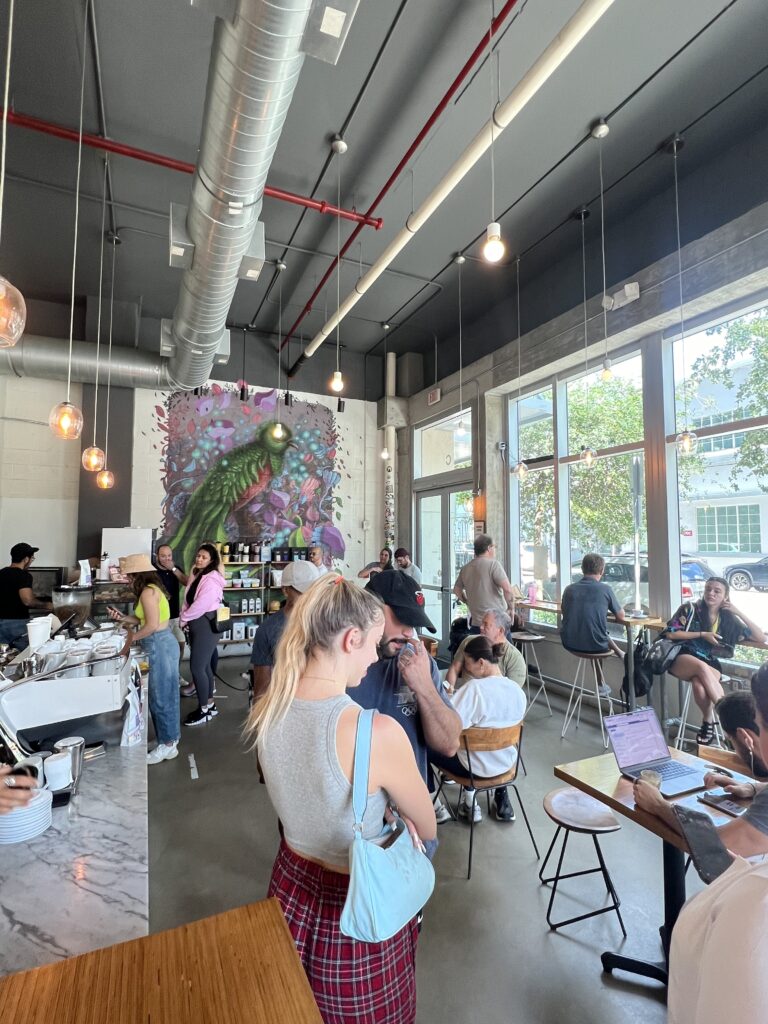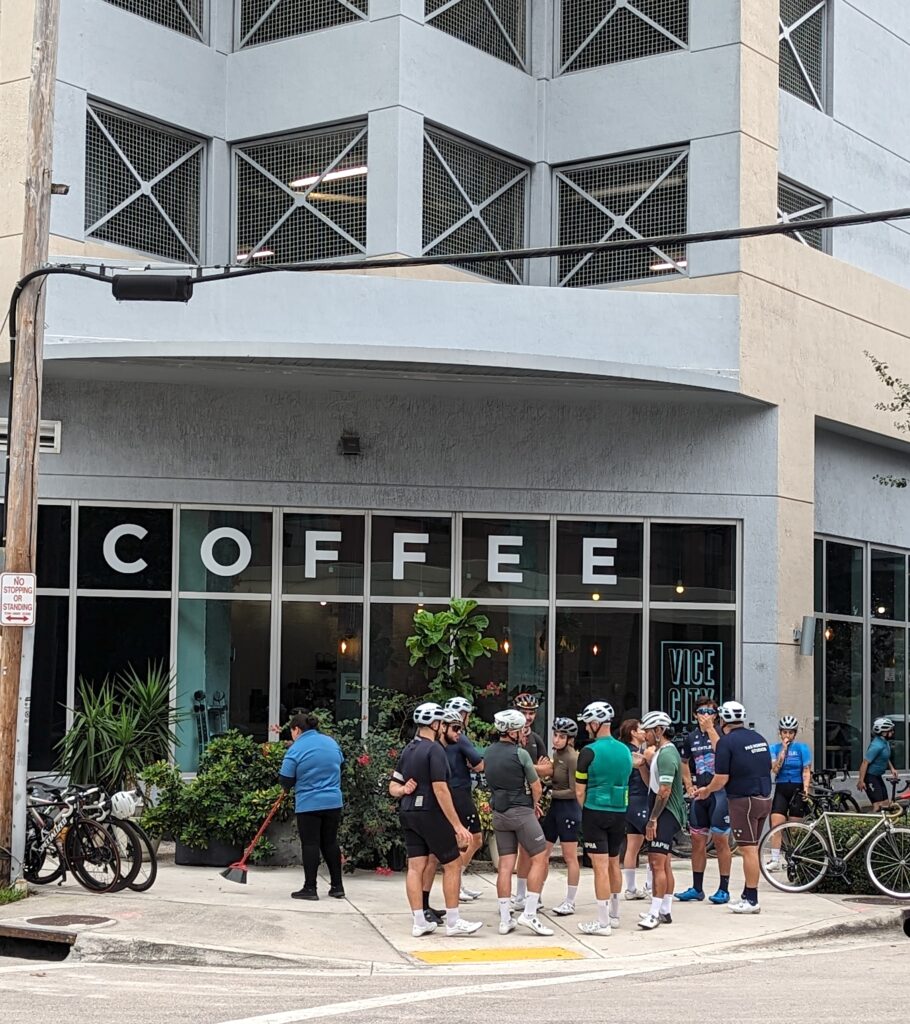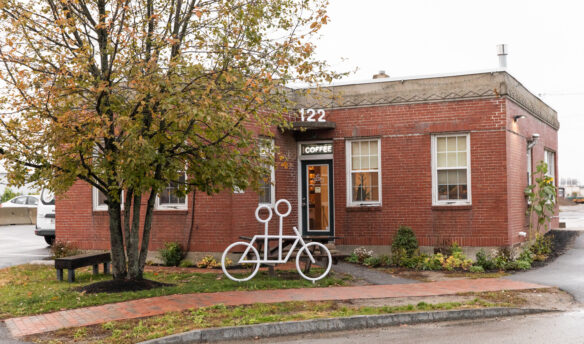This article is sponsored by our partner, MarketMan.
Running a coffee shop means managing a never-ending list of supplies: cups, milk, coffee beans, napkins, straws, and more. Keeping track of all these essentials can be an ongoing challenge for owners and managers. If inventory isn’t managed well, costs can rise, cutting into profits and making it harder to budget.
Every cafe is different, and what works for one shop may not work for another. Factors like the size of the cafe and its number of locations can influence inventory management practices.
So how can coffee shops manage inventory in a way that meets their needs and which is sustainable over time, no matter their size, number of locations, or menu items? We asked three cafe owners how they manage inventory—and why an effective system is key to helping businesses stay successful for the long term.
Document the Inventory Management Process
Manual counting and data entry can lead to mistakes when managing cafe inventory. Errors are even more likely to happen during busy times. To tackle this issue, Christy Wimberly, owner of Honest Coffee in North Alabama, recommends owners establish systems for inventory management as they grow.

Wimberly recalls how she initially managed inventory “in her head” at Honest Coffee’s first location. “I would jot on a piece of paper that we roughly needed this many strawberry slices,” she says. As the business grew, however, it became clear that defined systems were needed. “We need to get it out of your head and into systems that can be duplicated.”
Initially, she transitioned to spreadsheets when the business opened a second location. But as it expanded to a third location, it became clear that a more efficient system was necessary.
With multiple people stepping in at different parts of the process, Wimberly recognized that a user-friendly system could help reduce errors and streamline operations. Honest Coffee transitioned to MarketMan for inventory management, a cloud-based restaurant software that integrates directly with the business’s point of sale system. “My managers love it because they can order and manage their inventory on their phones in real time,” she says. “It’s a lot more accurate and responsive.”
Like Wimberly, Craig Goslin of Redemption Roasters in London also used Excel spreadsheets for stock management. This worked well for a time, but it became increasingly difficult as the business expanded—Redemption now has 10 locations. “Excel spreadsheets have a place,” Goslin says. “But as we grew, getting consistent data became quite time-consuming.” He found that reports were often unreliable, particularly when it came to accurately costing recipes.
Redemption now uses MarketMan’s software, which has helped managers by providing accurate inventory reports and reducing the time needed to count stock. “We find that everyone chips in and gets involved,” Goslin says. “There’s almost been a little competitiveness between the different sites and managers to see who can deliver the best result.”
Set Your Watch to Inventory
Once systems are in place, establishing a routine for inventory management is key. Roland Baker, founder of Vice City Bean in Miami, recommends setting up a consistent schedule. “We do weekly counts for high-volume perishables and monthly counts for non-perishables,” he says.
Baker says he keeps a strict schedule because it helps him increase profitability by controlling operating costs rather than relying solely on increased sales. “There’s only a couple places you can make that extra margin up—labor and your cost of goods,” he says.
Regularly analyzing inventory reports can help cafes make smarter pricing decisions and manage their menus more effectively.


Frequent counts help the Redemption team keep tabs on the business’s fluctuations, which makes it easier to identify and address discrepancies, like if they need to order more sugar or are going through more cold cups than usual. “It gives our team the tools and ability to stay on top of issues before they become bigger,” Goslin says.
Taking regular counts also allows managers to feel more empowered and prepared. “There are no real surprises,” Goslin says. “They’ve been in tune with what’s going on in the business on a day-to-day and week-to-week basis.”
Utilize Recipes for Accurate Costing
Detailed recipes are foundational to controlling costs at coffee shops. By directly linking ingredient usage to sales, cafes can monitor their stock levels and ensure they order the right quantities. If a vanilla latte needs 10 grams of vanilla syrup, for instance, tracking the number of vanilla lattes sold helps cafes figure out how much vanilla to stock up on. This system prevents shortages and means owners can keep profit margins healthy, even when ingredient prices fluctuate.
Wimberly says using recipes lets her track food costs across her two cafes, especially with items like bacon and eggs that often spike in price. “With our ingredients and inventory system, we’re able to price those where they need to be—we’re not guessing at it,” she says. MarketMan additionally alerts users when a supplier changes its pricing, allowing owners like Wimberly to adjust menu prices if necessary. Likewise, Wimberly says the inventory system also allows her to address and remove low-selling items from the business’s food menu, which she does once a quarter.
Redemption also integrates recipe tracking with its MarketMan inventory management system, giving accurate, real-time visibility into its stock levels and purchases. “At any given time, we know exactly what purchases we are making and the level of stock on hand,” says Goslin.
The Right Inventory Management System for Your Team
Baker says he regularly evaluates Vice City’s inventory management practices. “Our goal is to revisit it quarterly, but we make sure it happens at least twice a year.” He says these audits allow him to adjust to changing demands—and he urges other business owners to prioritize consistent reassessment as well.
Using an inventory management system like MarketMan can streamline operations without bogging down daily tasks, says Taigh Panzer, product expert at MarketMan. Panzer explains that the software allows businesses to analyze costs over time, and identify trends and problem areas. “We can look at distinct periods and see where we’ve been—and what’s changed,” he says.

If a business that sells burgers, for example, finds that cheese costs are unexpectedly high, MarketMan lets users drill down into the details. “If I analyze this at a glance, I’d want to understand why my dairy is making up 33%. That doesn’t make sense when I’m primarily selling burgers,” says Panzer.
This level of analysis helps pinpoint specific issues, like when the price of Wisconsin sharp cheddar suddenly spikes. By tracking inventory and pricing fluctuations as they happen, MarketMan allows owners to make informed adjustments to maintain profitability. “You can see the last price point for each item and how it has fluctuated since then,” says Panzer.
Ultimately, keeping track of inventory can be complex, but Panzer explains that MarketMan looks to simplify the process. “If I order on Mondays and Thursdays, the system will tell me exactly how much product I need until the next ordering cycle. It saves a ton of time and ensures we’re not over-ordering or under-ordering.”

Sponsored by MarketMan
Powered by Meal Ticket, MarketMan offers a comprehensive suite of inventory management solutions that provides cafes with the data they need to make informed decisions and keep costs under control. Learn more here.
















